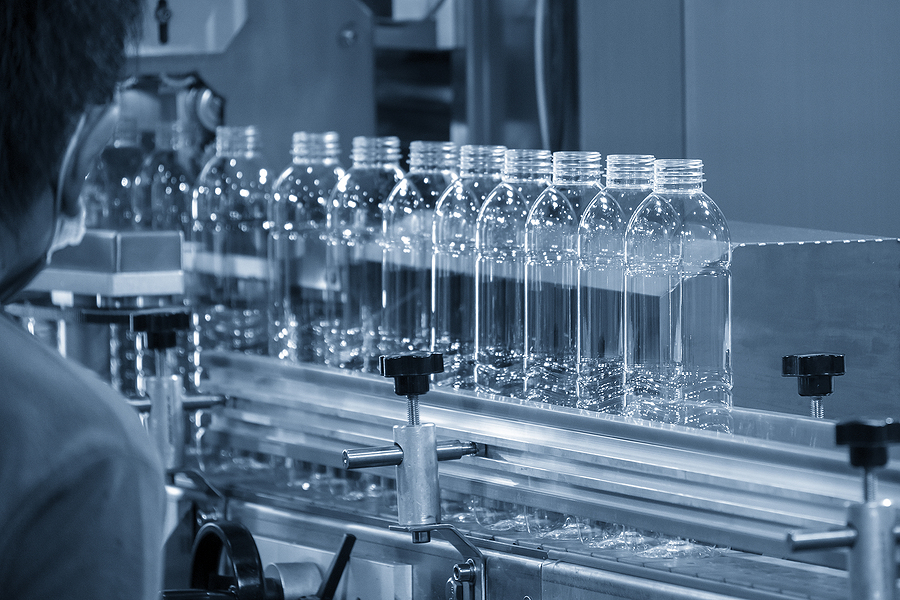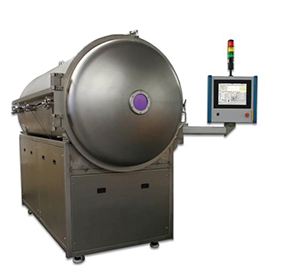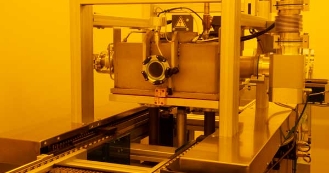Plasma Treatment Articles
Plasma Coating
|
2 min read

Manufacturers typically design a product with a group of optimized parameters to produce a desired product. Often, optimizing one design constraint limits the performance of another design constraint.
This specifically applies to companies who manufacture containers or bottles that handle liquids and gases. The optimization of a material for safety or cost produces a container or bottle that is gas permeable to the liquid stored in the container.
The application of depositing a plasma enhanced chemical vapor deposited barrier layer coating to a surface to adjust the permeability is a great way to optimize gas or liquid permeability in a material or surface. Plasma coated parts with a barrier layer are repeatable, uniform, low temperature and can be done with many different feedstocks as options. This produces plasma coatings with various barrier layer properties.
 A plasma coating process starts with preparing the material surface. Plasma preparation both cleans and activates the base material to ensure there is successful adhesion between the coating and the material surface. Without breaking vacuum, the coating monomer vapor is dosed into the plasma to produce a desired coating on the material. Many manufacturers choose HMDSO (Hexamethyldisilane) or TEOS (Tetraethyl Orthosilicate) as the feedstock for the coating process. These glass-like SiO2 coatings are produced using the mentioned feedstocks combined with oxygen in plasma to reduce the carbon content in the film. Process variables are then optimized to control content, adhesion, and stress in the deposited film.
A plasma coating process starts with preparing the material surface. Plasma preparation both cleans and activates the base material to ensure there is successful adhesion between the coating and the material surface. Without breaking vacuum, the coating monomer vapor is dosed into the plasma to produce a desired coating on the material. Many manufacturers choose HMDSO (Hexamethyldisilane) or TEOS (Tetraethyl Orthosilicate) as the feedstock for the coating process. These glass-like SiO2 coatings are produced using the mentioned feedstocks combined with oxygen in plasma to reduce the carbon content in the film. Process variables are then optimized to control content, adhesion, and stress in the deposited film.
There are many examples of products that have a barrier coating which were applied using a plasma process. Some of these examples include the inside of plastic condiment bottles, beverage containers, chemical containers, plastic films for food storage, medical devices, biotechnology instruments and many more. These barrier coatings are food grade safe and not visible when applied.
 There are many benefits of plasma coating to create a barrier layer. If a plasma coating is not used, manufacturers would have to do extensive research and design to choose the correct base materials for their containers that would not impact the substance the containers are holding. Or, they would need to use a process that would subject their parts to a much higher process temperature during coating. This approach can increase product cost, product waste, manufacturing cost, and time. Coatings applied with plasma last longer, have a longer shelf life, and are much more cost effective. By using barrier coatings, businesses are able to have more flexibly into the product design and broaden the choice of container that they use. Containers can be plastic and other safe, less expensive materials.
There are many benefits of plasma coating to create a barrier layer. If a plasma coating is not used, manufacturers would have to do extensive research and design to choose the correct base materials for their containers that would not impact the substance the containers are holding. Or, they would need to use a process that would subject their parts to a much higher process temperature during coating. This approach can increase product cost, product waste, manufacturing cost, and time. Coatings applied with plasma last longer, have a longer shelf life, and are much more cost effective. By using barrier coatings, businesses are able to have more flexibly into the product design and broaden the choice of container that they use. Containers can be plastic and other safe, less expensive materials.
When coating with HMDSO or TEOS, the resulting SiO2 coating is optically clear. The coatings are applied so thin that the end user does not know they are there (typically 10 nanometers to 10 micrometers). The strength of these coatings provide a durable barrier to gas permeability and are dielectric, making them a good insulator for electronic applications. The flexibility of the plasma coating process results in coatings that are uniformly conformed to any shape of material. Lastly, these barrier coatings make the area of the part that is coated scratch resistant and improve its overall material wear properties.
Manufacturers choose to create barrier layers on their parts using plasma coating because it addresses the needs of many applications and industries. Barrier coatings are very cost effective and superior in nearly every way to alternative product material choices applied at low temperatures.
Interested in learning more about how coatings enable manufacturers to improve the quality of their products? Please consider downloading our eBook titled "The Manufacturer's Plasma Coating Playbook" to learn about scratch resistant surfaces and other coating applications. If you are interested in speaking to an expert in plasma applications, please consider reaching out and scheduling a plasma treatment overview discussion.
Comments